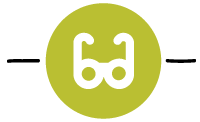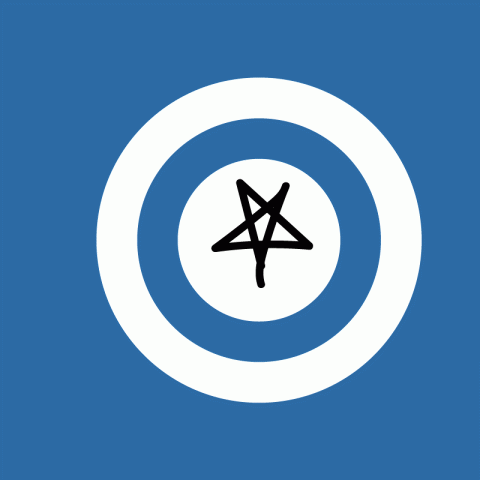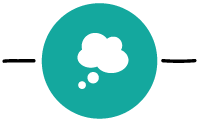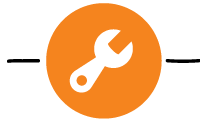
Resources
SOCIAL-EMOTIONAL LEARNING (SEL) RESOURCES
Social-emotional learning is a life-long complex and dynamic process. It’s how children, young people and adults acquire the knowledge and skills to:
- Understand and manage emotions
- Set and achieve positive goals
- Feel and show empathy for others
- Establish and maintain positive relationships
- Make responsible decisions
SEL is so critical to a young person’s development that Ignite Afterschool undertook Propel SEL, a three-year journey into better understanding the role of SEL in afterschool programs. One of our big take-aways is that there is no “one size fits all” SEL Framework that works for every context, culture, and community. To that end, we’ve gathered a list of some of our favorite SEL-related resources.
How might these support your program’s needs and goals?
CASEL SEL Framework Their “CASEL Wheel” may look familiar — this is the model used by MDE and many schools throughout Minnesota. This site is packed with information on SEL skills and tools to help embed them into youth programming. The “SEL 101” video is a great place to start.
Partnerships In Education and Resilience (PEAR) Their Clover Model provides tools that start with a young person’s strengths as a launching point for building their overall SEL development.
Preparing Youth to Thrive This site features a downloadable field guide to staff practices, supports and curriculum designed to build SEL skills in the areas of emotion management, empathy, teamwork, responsibility, initiative, and problem solving.
MHA Labs Check out their Skill Building Blocks for core social, emotional and cognitive skills for success in college, career and life. They offer a variety of free and low-cost tools, including a free mix-and-match toolkit with 45 skill building worksheets, checklists and training supports.
American Institutes of Research Although their Science of Learning and Development (SoLD) Alliance doesn’t call out SEL by name, it can be particularly useful to outdoor and nature-based youth programs.
Search Institute Their Development Relationships Framework explores five elements — expressed in 20 actions — that create powerful relationships in young people’s lives.
SEL Resource Bank When you’re ready for specific ideas on how to bring SEL into your summer program, check out this robust SEL RESOURCE BANK from Summer Rising.
One-on-One Wellness Checks Another great SEL resource comes from Panorama Education. They’ve created this list of questions that can be used for guided one-on-one emotional wellness checks throughout the summer.




